My 20-day trip around Germany started in Frankfurt, went to Berlin, Potsdam, Rugen Island, Hamburg, back to Frankfurt, Mannheim, Heidelberg, Cologne, back to Berlin, and ended in Munich. The total distance was over 3,100 km, and the travel time was over 30 hours entirely by train, not including the tram stops in each city I stayed in.
Vietnamese food connection
On the train from Cologne to Berlin, I sat across from an elderly retired German couple. Many people say that Germans are cold and rarely talk to strangers. I nodded when I sat down and they responded with an inquiring look. But after a short journey, when they saw my water bottle on the table with the words "Vietnam" written on it, the wife suddenly spoke up.
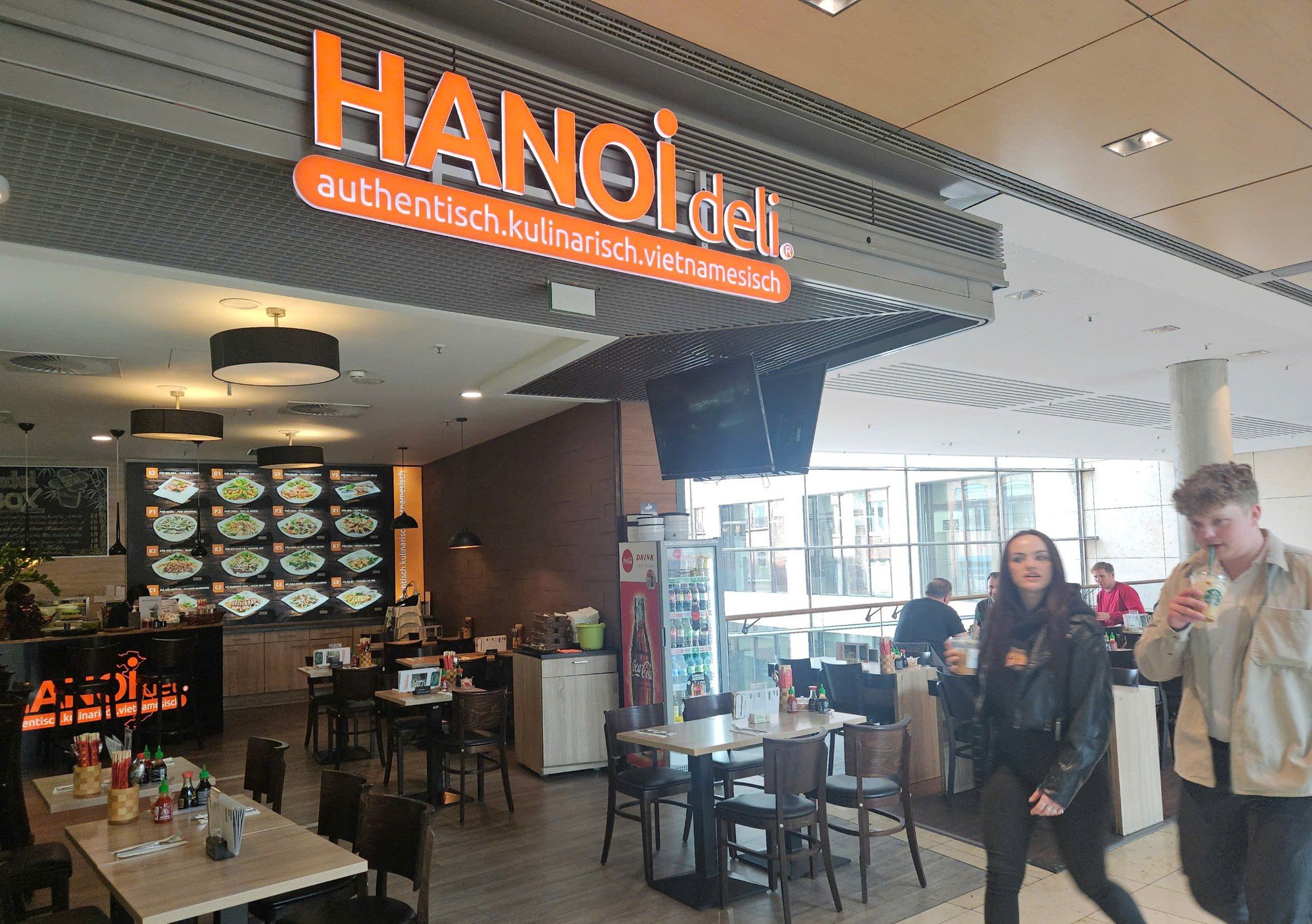
A Vietnamese restaurant located in a shopping mall in Hamburg
PHOTO: NTT
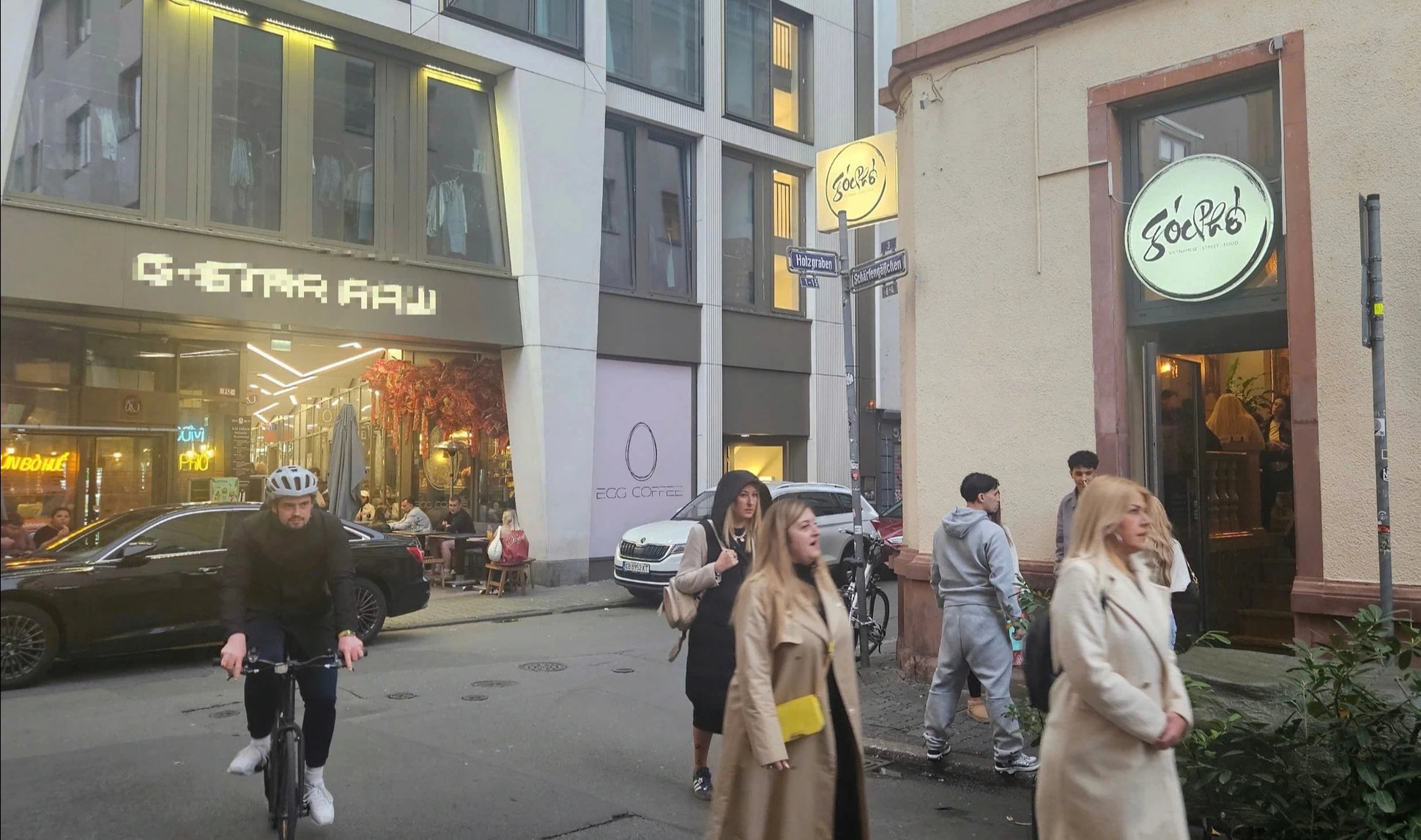
Two Vietnamese restaurants on the same street in central Frankfurt, behind the black car are a Bun Bo Hue and Pho restaurant.
PHOTO: NTT
Mr. and Mrs. Muller came from the suburbs of Cologne, Germany's fourth largest city, about 35 km from Bonn - the former capital of West Germany, to Berlin to visit their son's family during the May 1 Labor Day holiday. As someone who grew up in East Germany, she knew many Vietnamese people and had the opportunity to enjoy Vietnamese dishes but had never set foot in the country that she considered "extremely familiar". "We used to plan to go to Southeast Asia, including Vietnam, and Japan; we always thought about these places but time kept passing, now we are too old, our health is getting worse", she regretted.
The story spans the rest of the train ride, from the Berlin Wall that divided the country, to the reunification when the wall fell, and of course... pho. She admits that cuisine unites people and says that Vietnamese food is very popular in this country, especially pho. This may be the most well-known foreign dish after Turkish kebab (or doner).
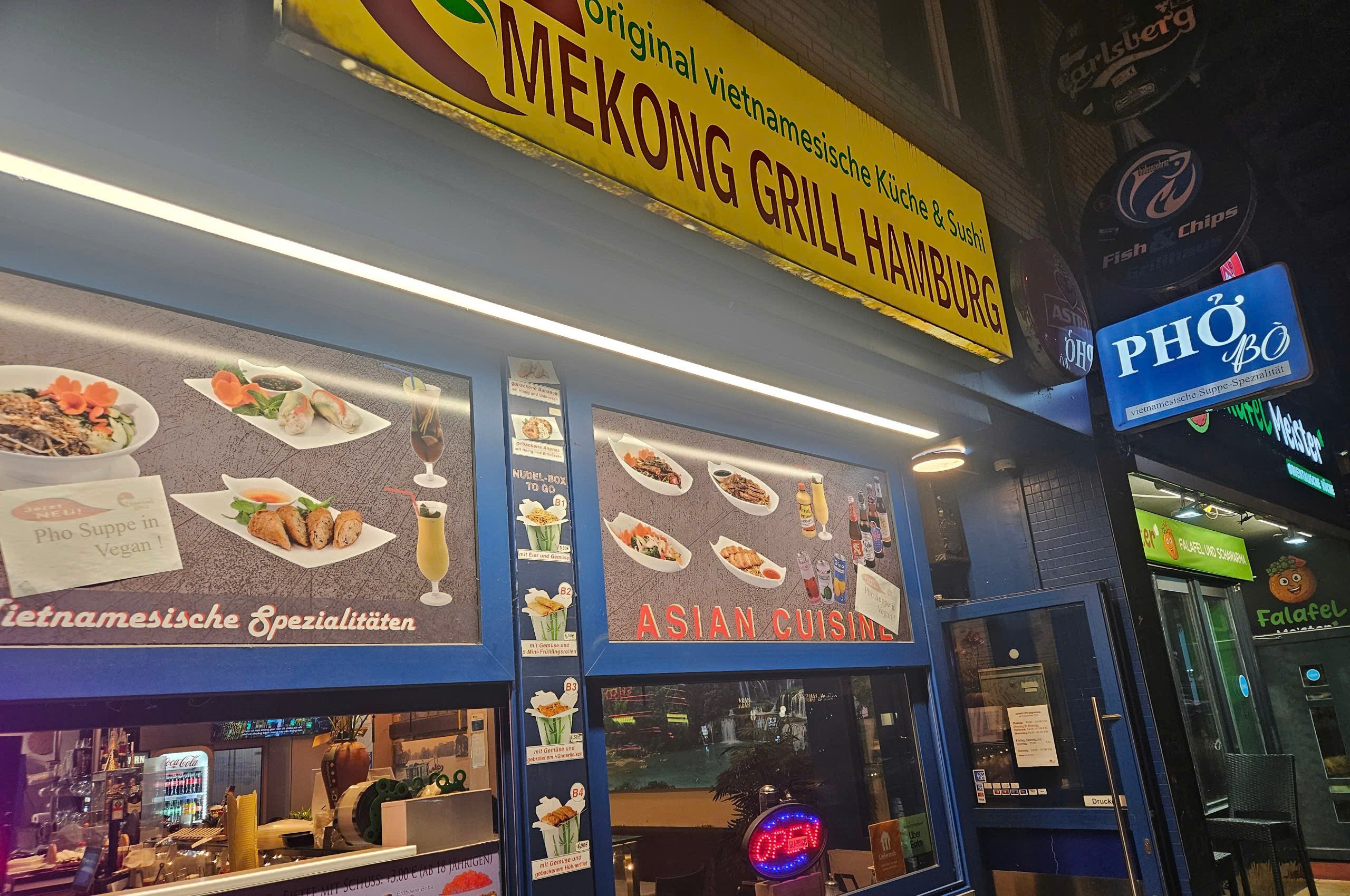
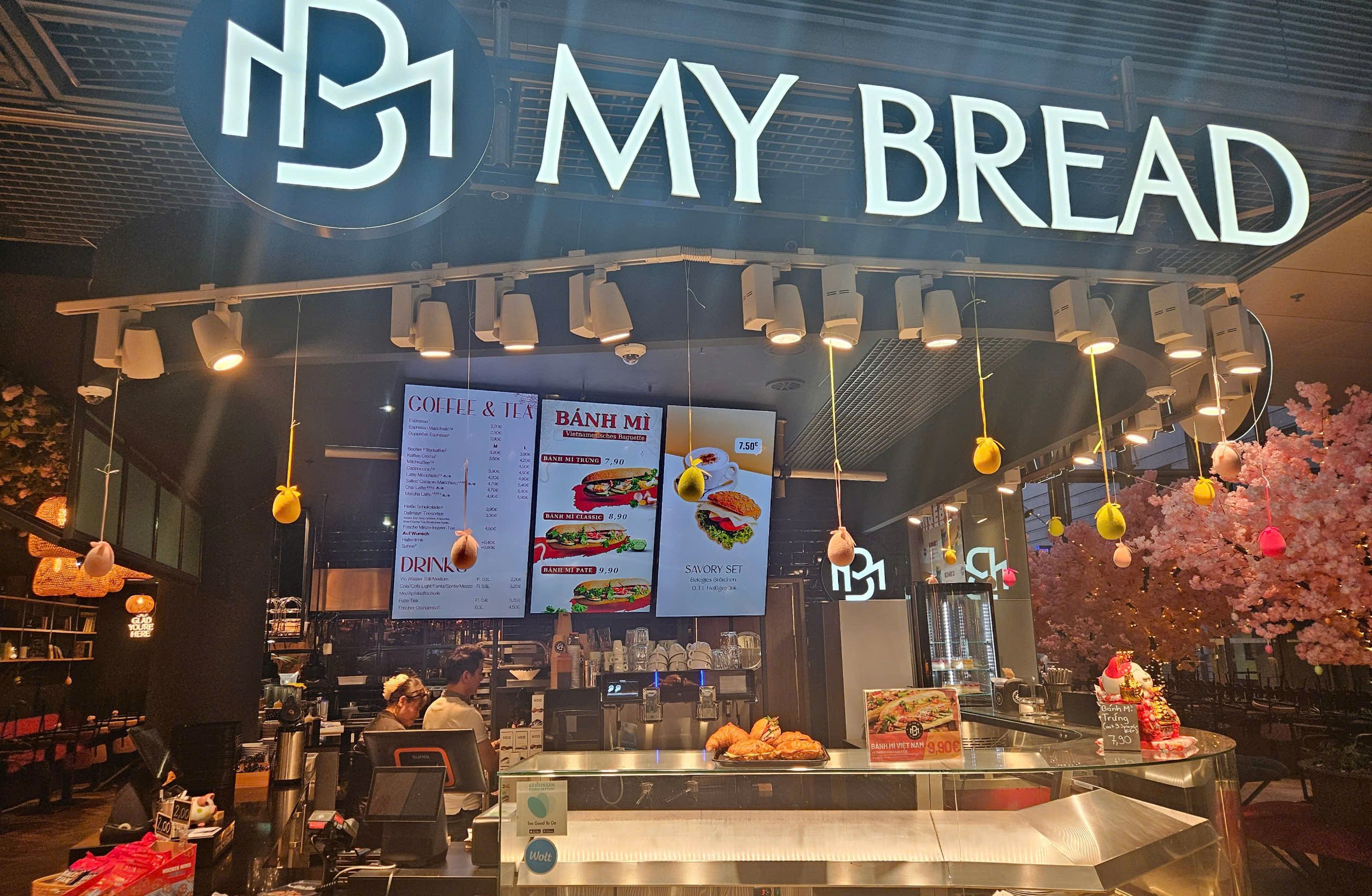
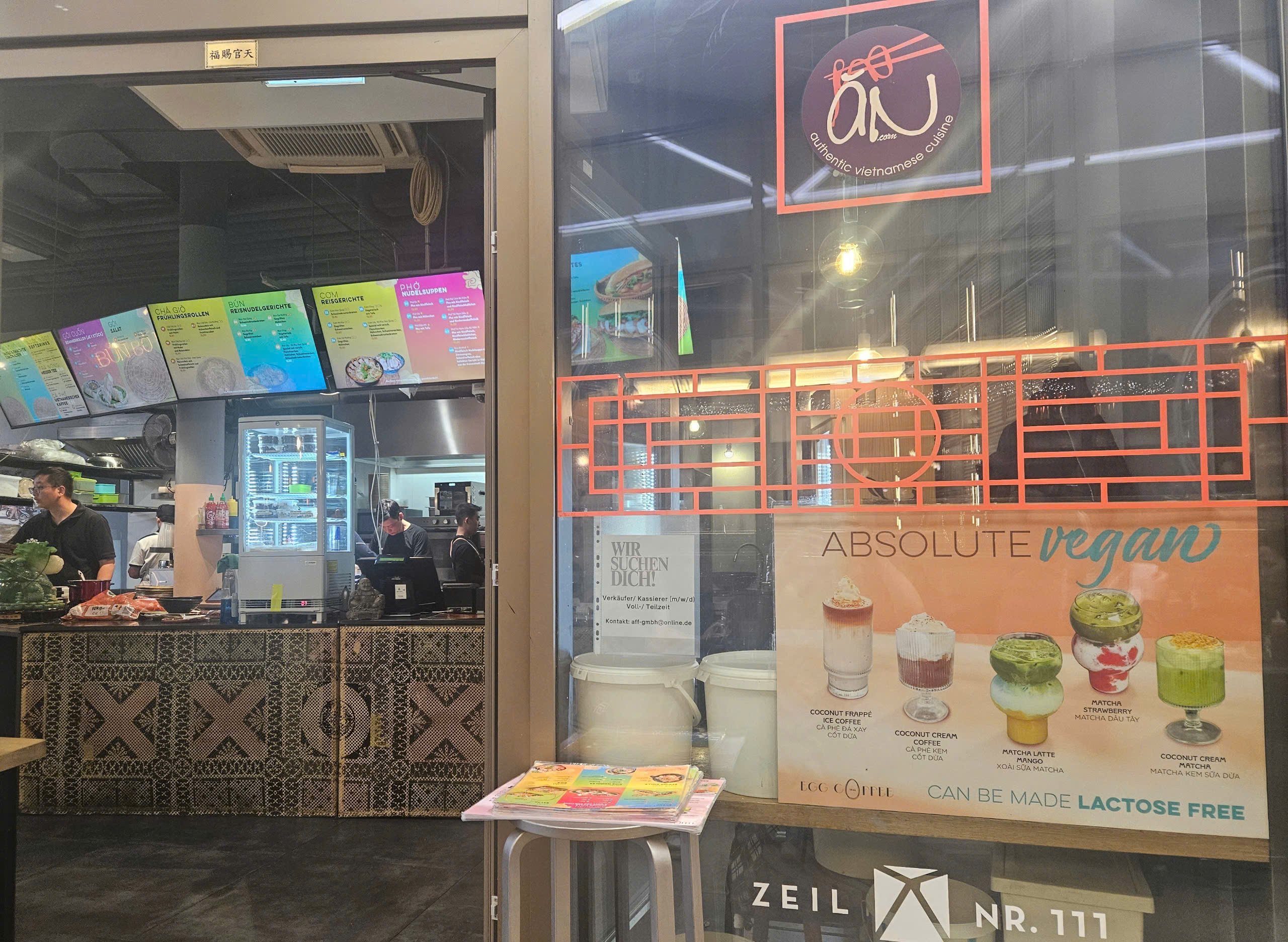
On many major roads in German cities, or in shopping malls, we can easily find many Vietnamese restaurants, selling a variety of dishes from pho to bread, vermicelli, glass noodles, and spring rolls.
PHOTO: NTT
The Vietnamese are currently the largest group of Asian expatriates in Germany, with more than 200,000 people. Their presence is found in all states and cities, and it doesn't take long to find a hot bowl of pho, a bowl of spicy beef noodle soup or a bowl of eel porridge on a cold day when you need to recharge your batteries from home. At all train stations in major German cities, you can easily find restaurants with the word "Vietnam" written on them. The diners are not only Vietnamese expatriates....
Vietnamese people in Germany play an important role, many are famous, there is even a Vietnamese person who was the Vice Chancellor of Germany - Mr. Philip Rosler (from 2011 - 2013).
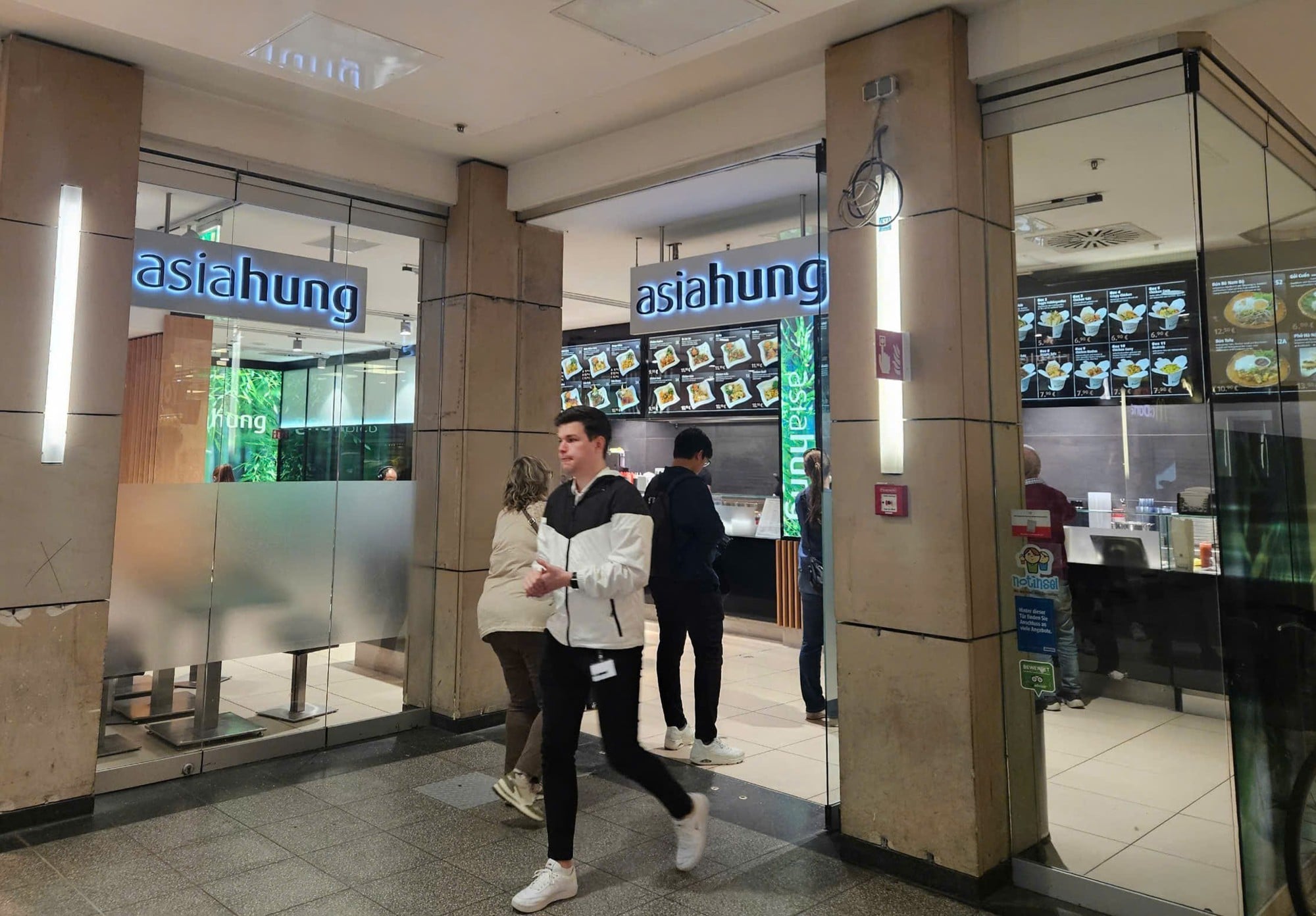
Vietnamese restaurant at Mannheim central train station. This brand has developed into a system, present in almost all major train stations.
PHOTO: NTT
Eating and drinking along the way
Rugen is the largest island in Germany, located in the Baltic Sea, on the other side of Denmark and about 300 km from Berlin. The island has several white sand beaches, and is a popular summer destination for Germans. I arrived at the island in late April, the sun was warm but the water was as cold as ice, and it rained heavily in the evening. In this weather, I could only eat something hot, so I searched online and was surprised to find a Vietnamese restaurant. I thought that in this remote land, far from travel, there would be no Vietnamese restaurants, but no...
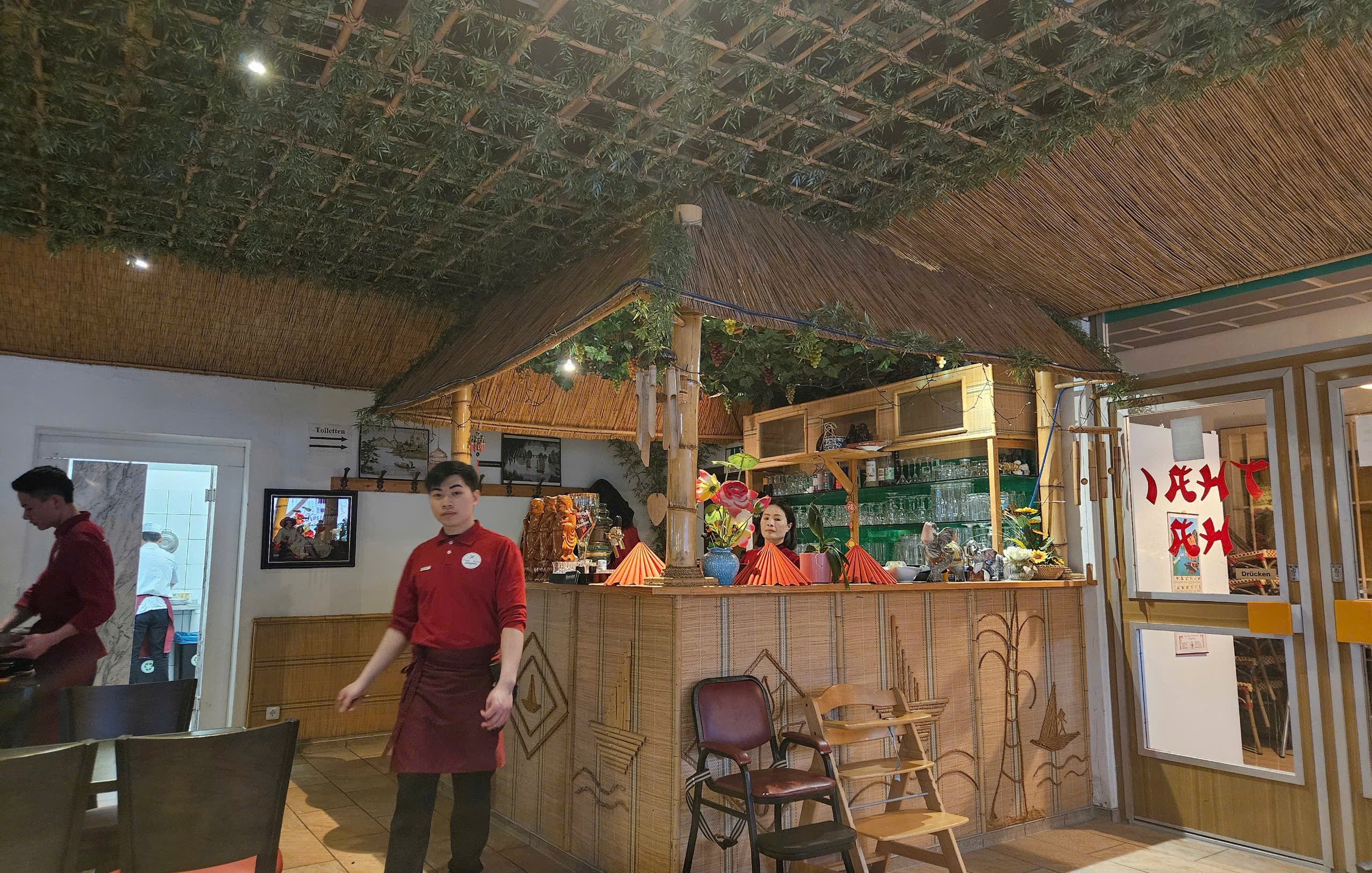
The female owner and young people serving Vietnamese people inside the restaurant are decorated with familiar images, thatched roofs, conical hats, on a remote island in northern Germany.
PHOTO: NTT
The restaurant is located about 20 minutes walk from the island's tourist center, crowded during the Easter holidays. The restaurant's menu, of course, cannot lack pho, although it is prepared very differently from the pho in Berlin or Frankfurt... But just a little taste of pho is enough to wake me up after a long and tiring journey combining train and bus. The owner of the restaurant is from Hanoi and said that she opened this restaurant 10 years ago, mainly for foreign tourists, the busiest in the summer, but in the winter, which lasts 4 months, the restaurant is closed most of the time. The restaurant's staff are also young Vietnamese people. They admit that overseas Vietnamese rarely come to the restaurant, and I am probably the first customer from Vietnam.
Vietnamese food in Germany is diverse. There are restaurants that retain the original taste, like the Hanoi Pho in Frankfurt, which is the best bowl of Pho I had on the trip. This same place also sells a bowl of Bun Bo, which is almost identical to the Bun Bo I had in Saigon. Even the Banh Mi is excellent. Both times I was in Frankfurt on this trip, I stopped by and had my favorite dish.
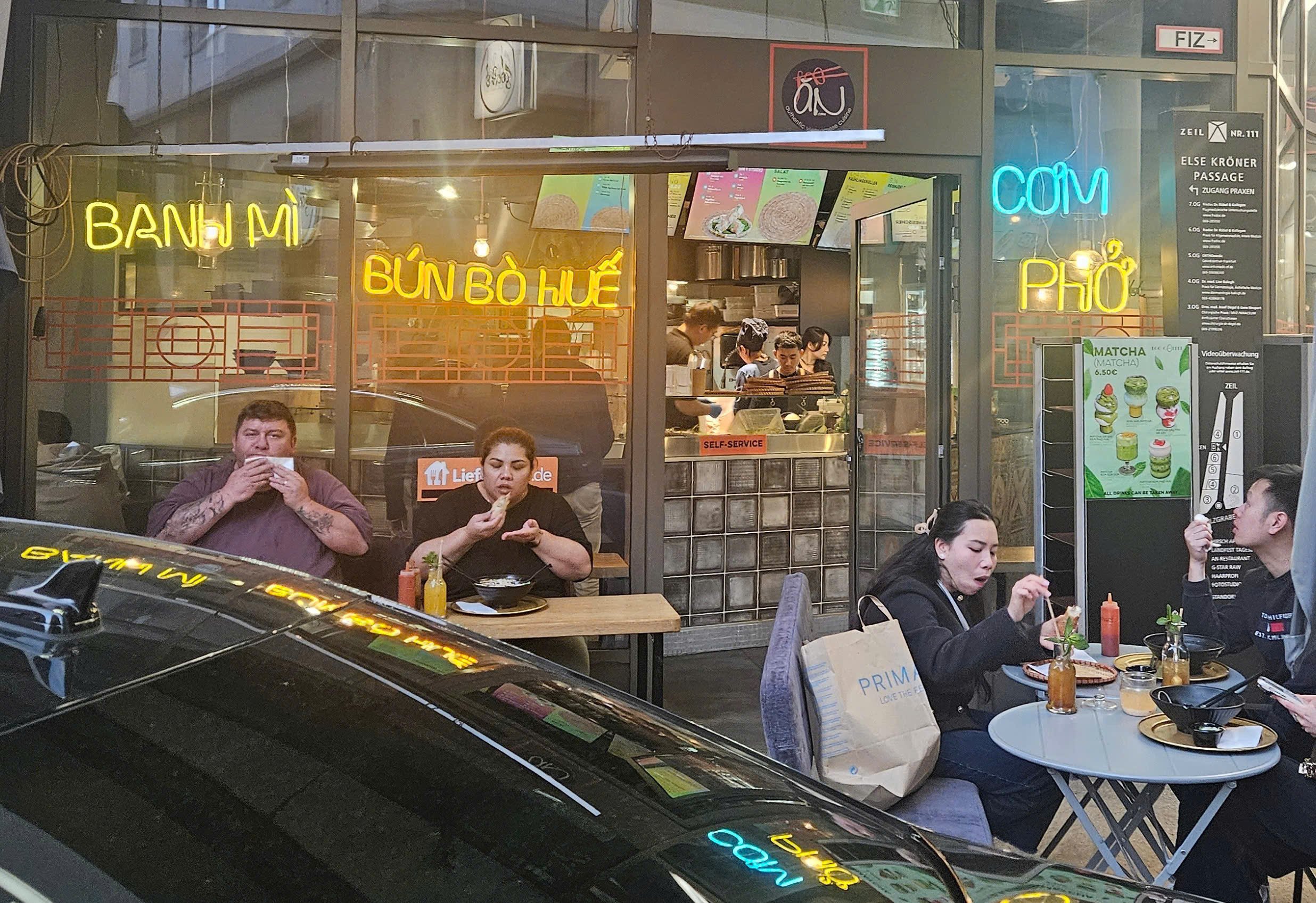
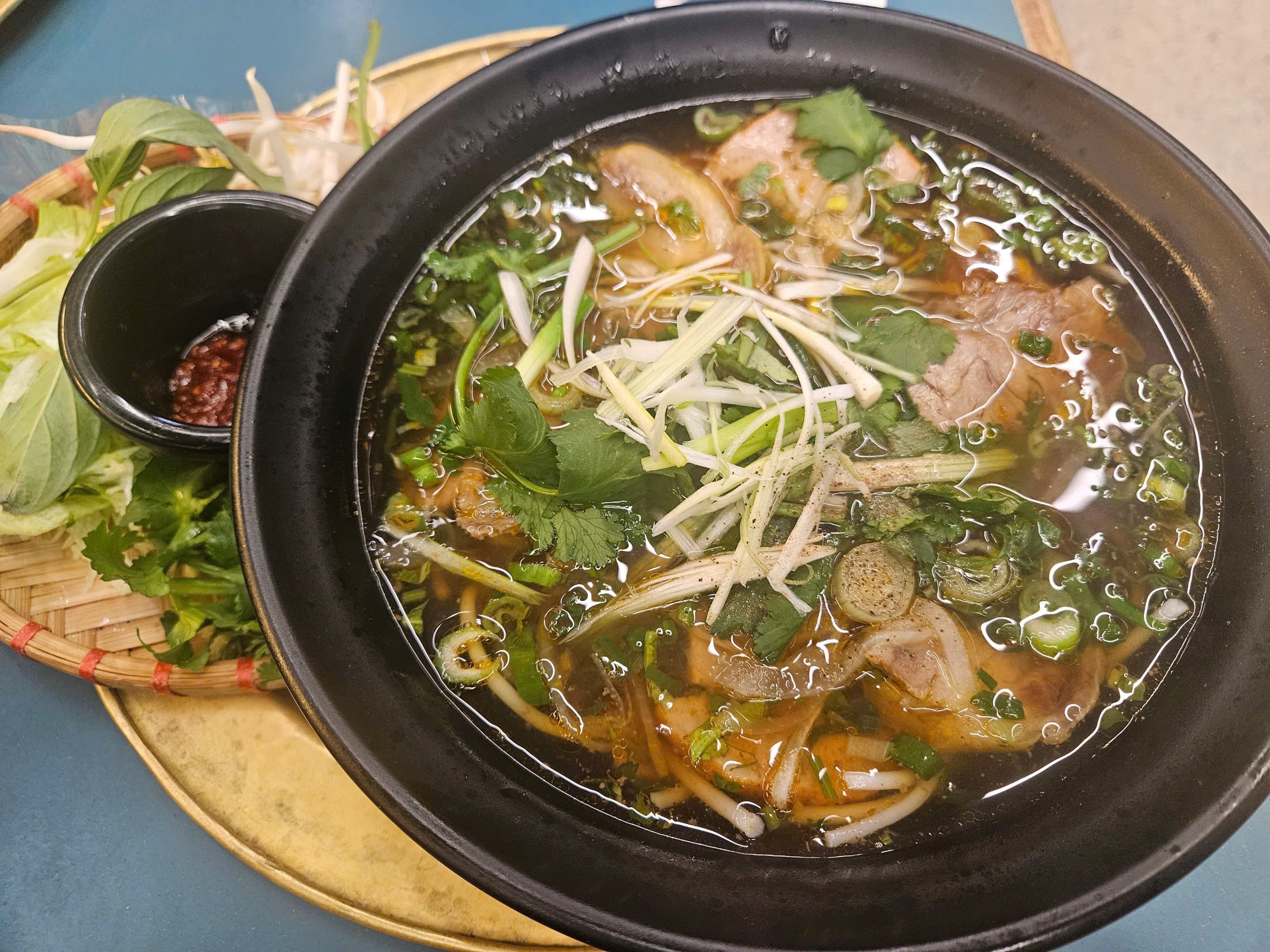
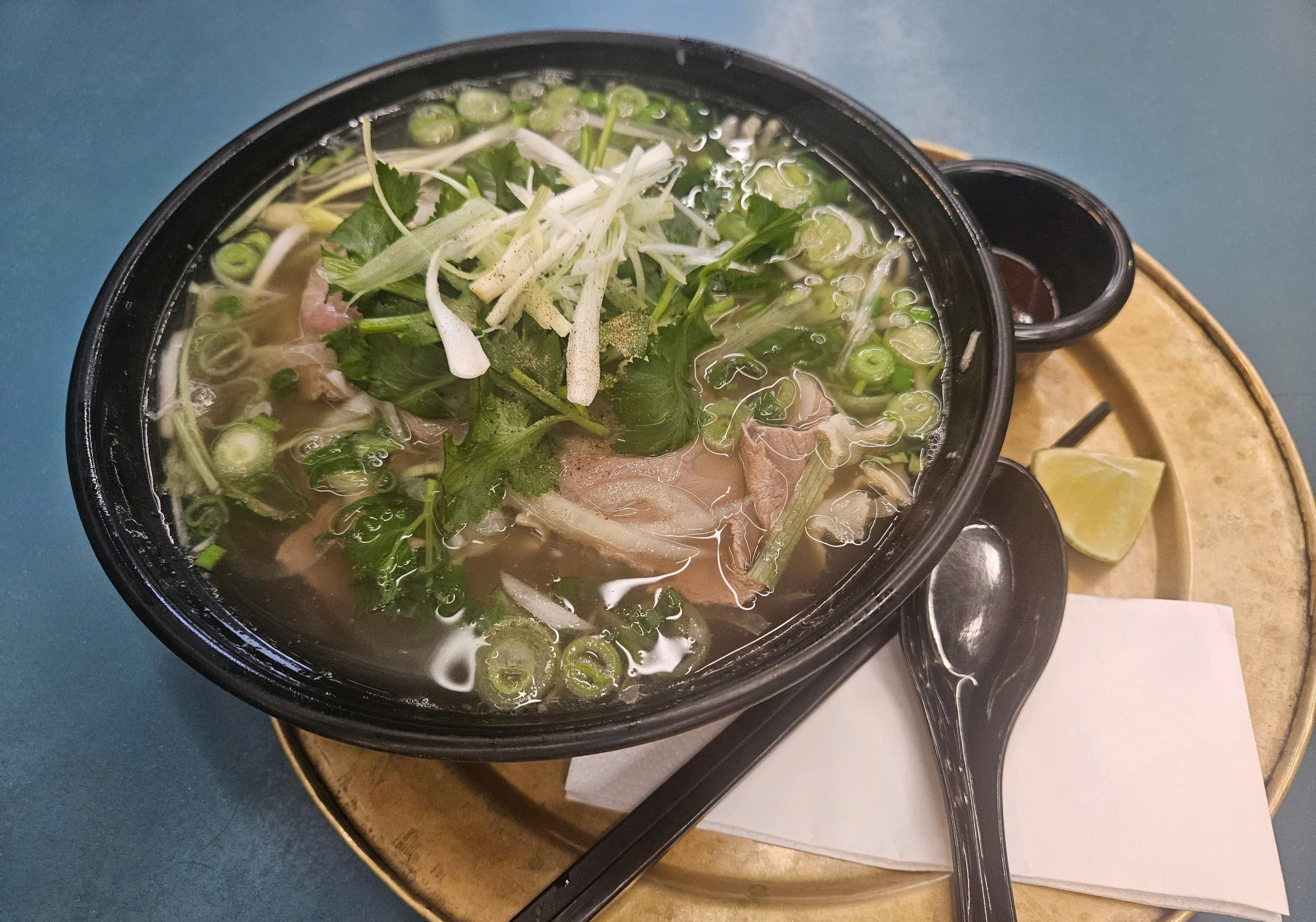
Beef noodle soup and pho at An restaurant, Frankfurt, are praised by many diners as delicious.
PHOTO: NTT
In Germany, the food you can find everywhere is Turkish kebak (and doner). But pho, bun bo, banh mi… are also present everywhere, in Vietnamese restaurants and also in restaurants with Thai, Japanese, or Asian signs but owned by Vietnamese people. During the trip, I ate pho and bun bo many times, but the dish that surprised me the most was eel porridge and vermicelli sold at a Vietnamese restaurant in Berlin. Holding a bowl of eel porridge with steaming aroma, I felt like I was in Vietnam…
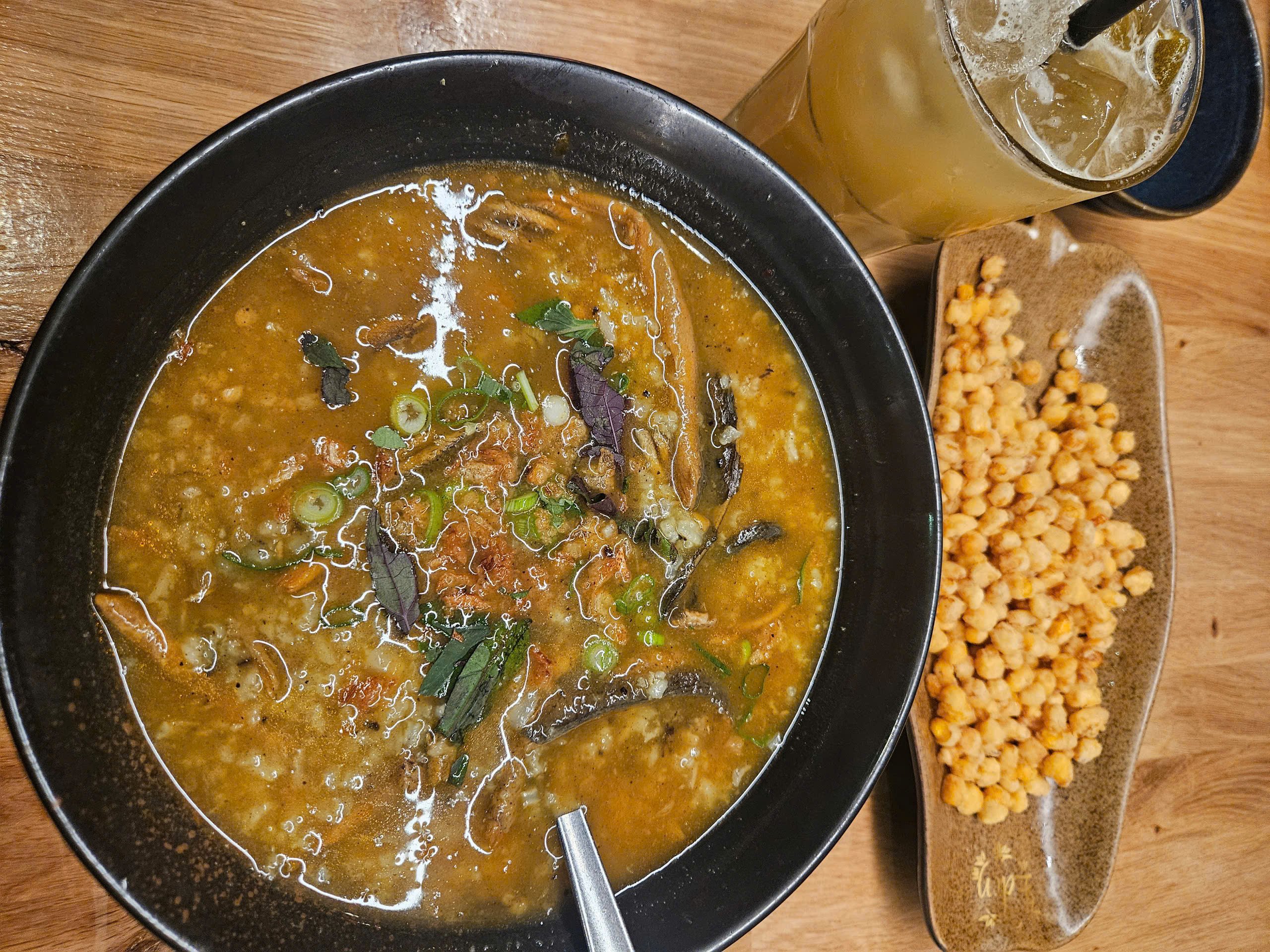
A bowl of eel porridge, a glass of sugarcane juice, and fried corn at a Vietnamese restaurant in Berlin
PHOTO: NTT
Of course, not every Vietnamese restaurant sells Vietnamese food... with the true Vietnamese flavor. This is understandable, because Westerners are not used to spicy flavors or the strong smell of herbs, onions, and garlic. They have to adjust the dishes to suit their main customer group. For example, when I went to Mannheim and from there to Heidelberg, a famous ancient city about 100 km from Frankfurt, I came across a restaurant called "Sai Gon". The bun cha dish has grilled chicken breast to help Western diners feel full because the grilled pork and the sausage are quite small. But that's okay, as long as it's a Vietnamese dish and the Vietnamese name is enough.
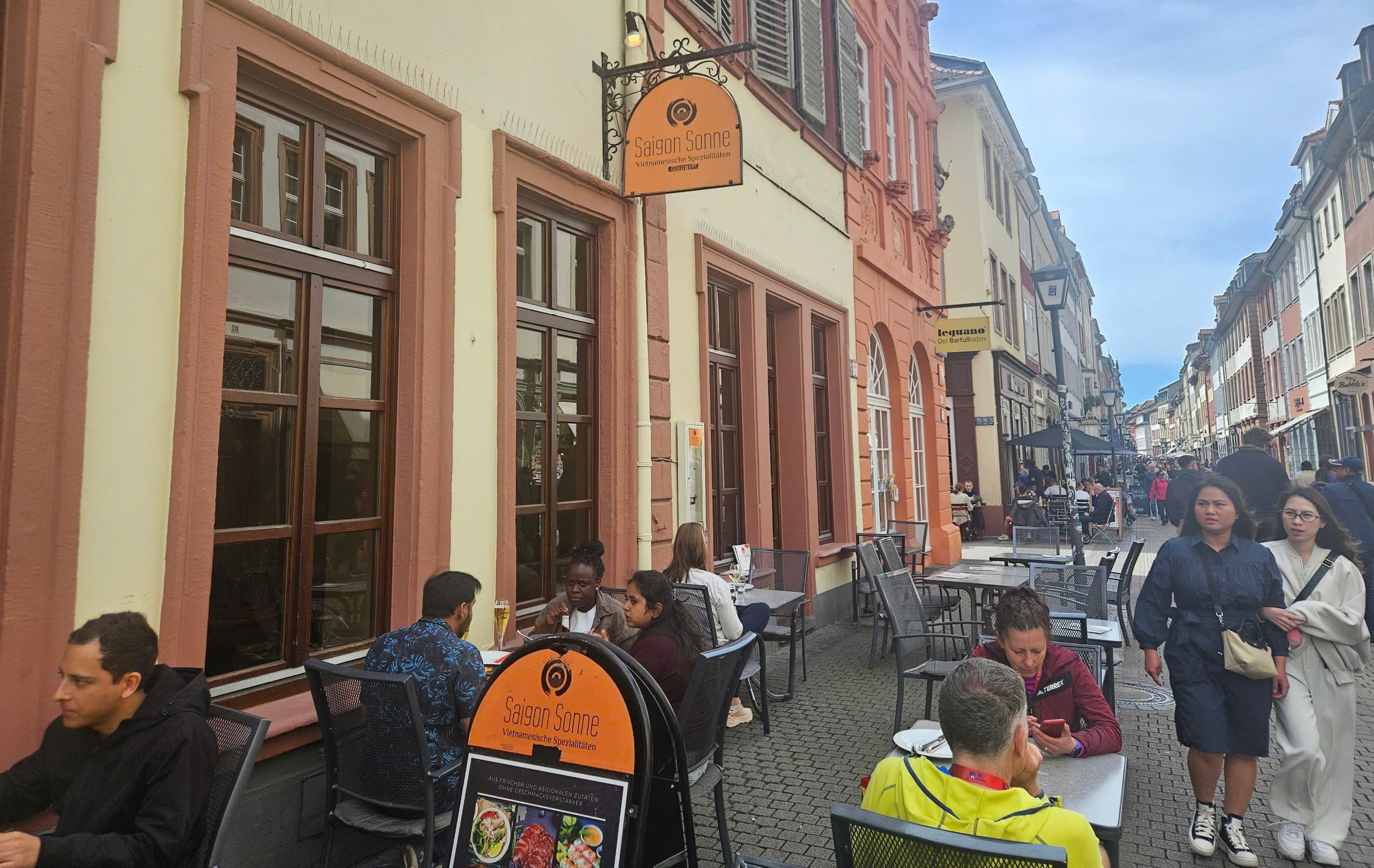
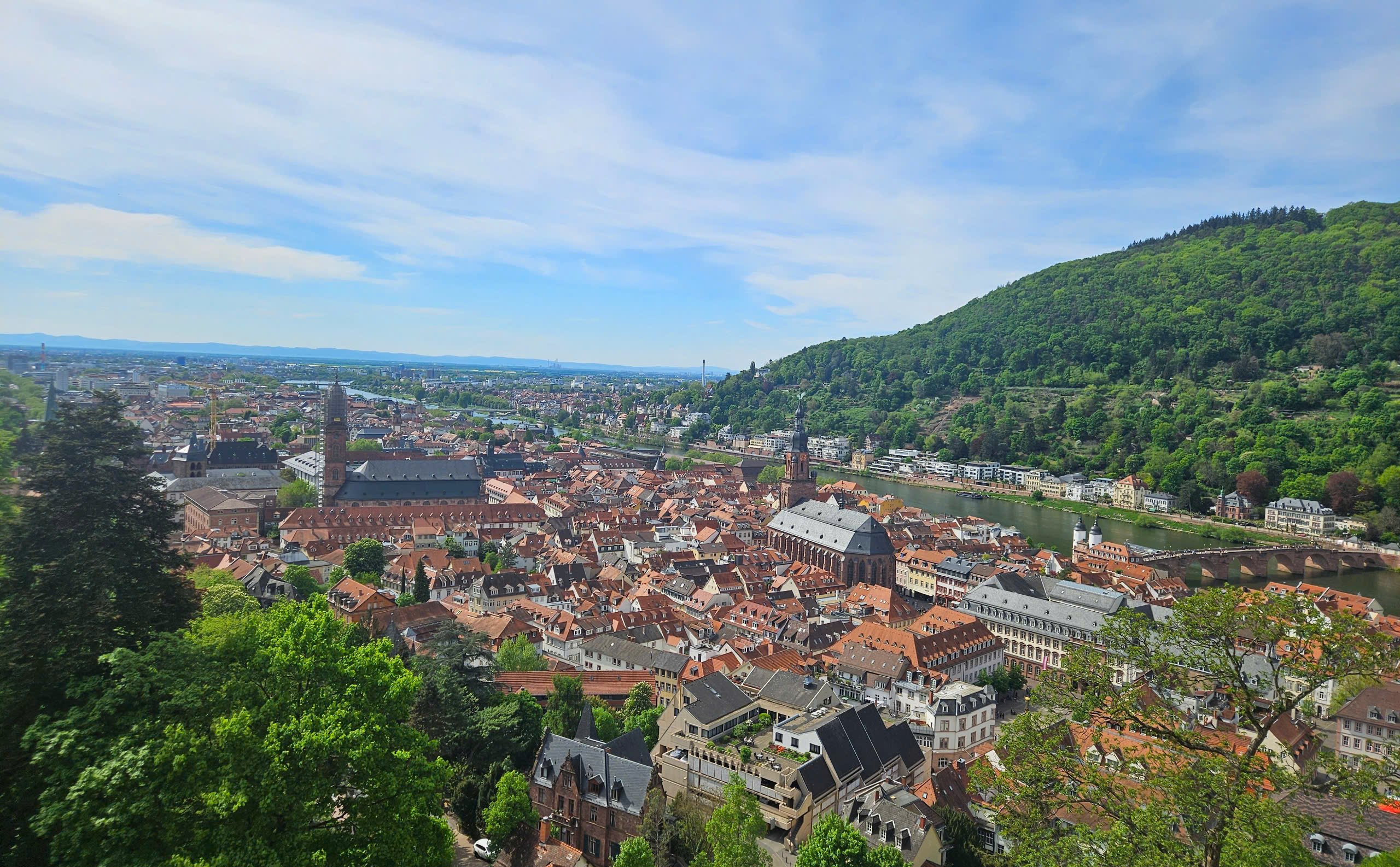

Vietnamese restaurant in the old city of Heidelberg
PHOTO: NTT
Inside "Little Hanoi"
Vietnamese tourists who come to Germany but do not visit Dong Xuan market, do not know everything about Germany. Dong Xuan market is like a "miniature Hanoi" in the heart of Germany, not only because of its name but also because of many other memorable things. You get on the M8 train in front of Berlin central station, feeling like you are on a train in Vietnam, because there are many Vietnamese people also getting on that train to go to Dong Xuan market (about 40 minutes). Entering the market gate, which is simply built, you are lost in another world. There is no German, no English, almost no other language and only Vietnamese.
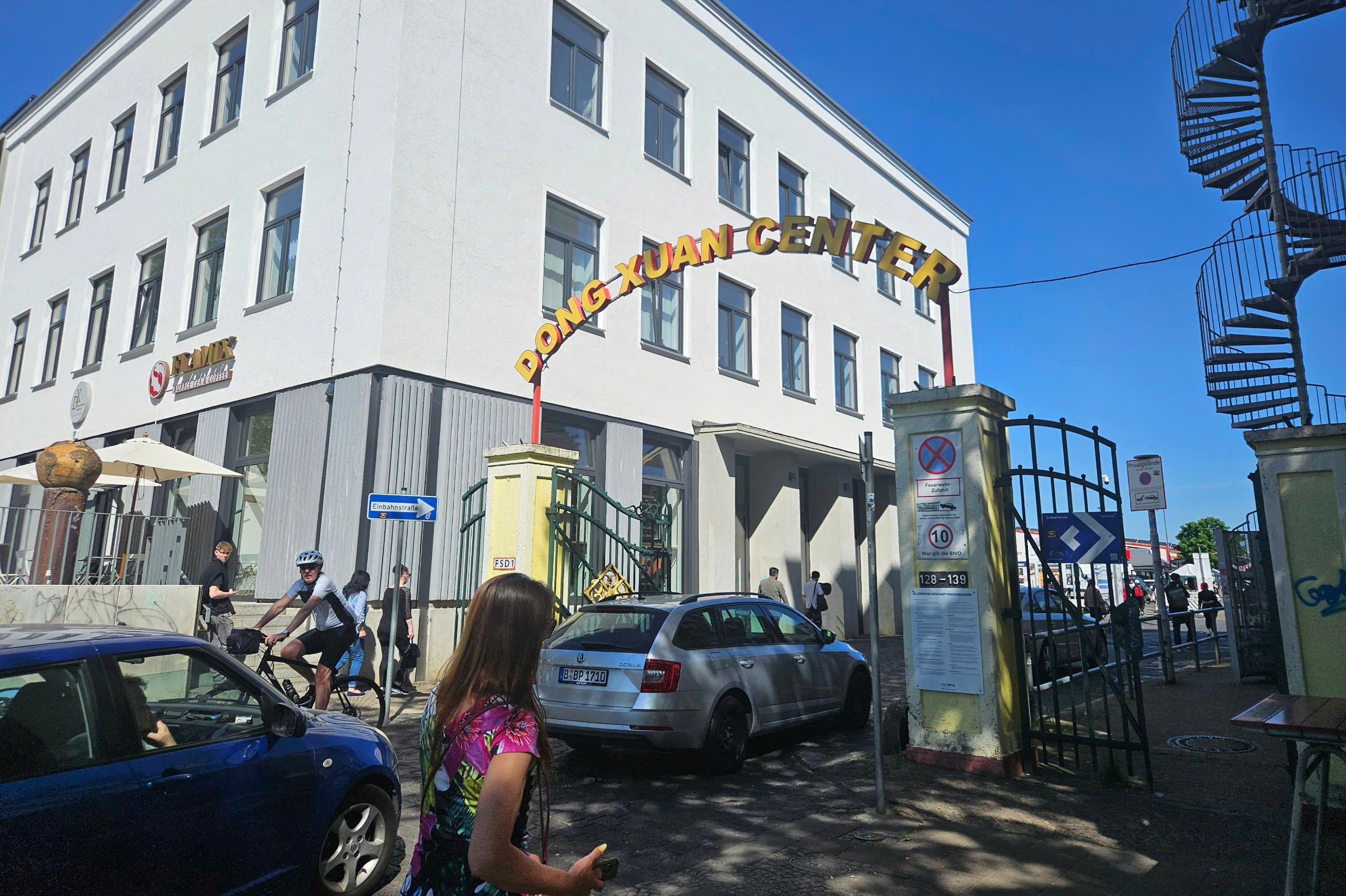
Entrance to Dong Xuan market
PHOTO: NTT
Dong Xuan Market in Berlin, along with Sa Pa Market in Prague, Czech Republic, are the two largest Vietnamese markets in Europe, and perhaps the two largest Vietnamese markets outside of Vietnam. When talking about markets, it is impossible not to mention food. In comparison, Sa Pa Market has restaurants concentrated in crowded rows and is more diverse in regions, while Dong Xuan Market has fewer restaurants scattered around, but the food is equally delicious and rich. In fact, many ingredients that are difficult to find in Germany, such as eel, are brought through Sa Pa Market and then to Dong Xuan Market. The same goes for many fruits such as lychee, dragon fruit, etc. In addition, the prices at Dong Xuan Market are more expensive than at Sa Pa Market.
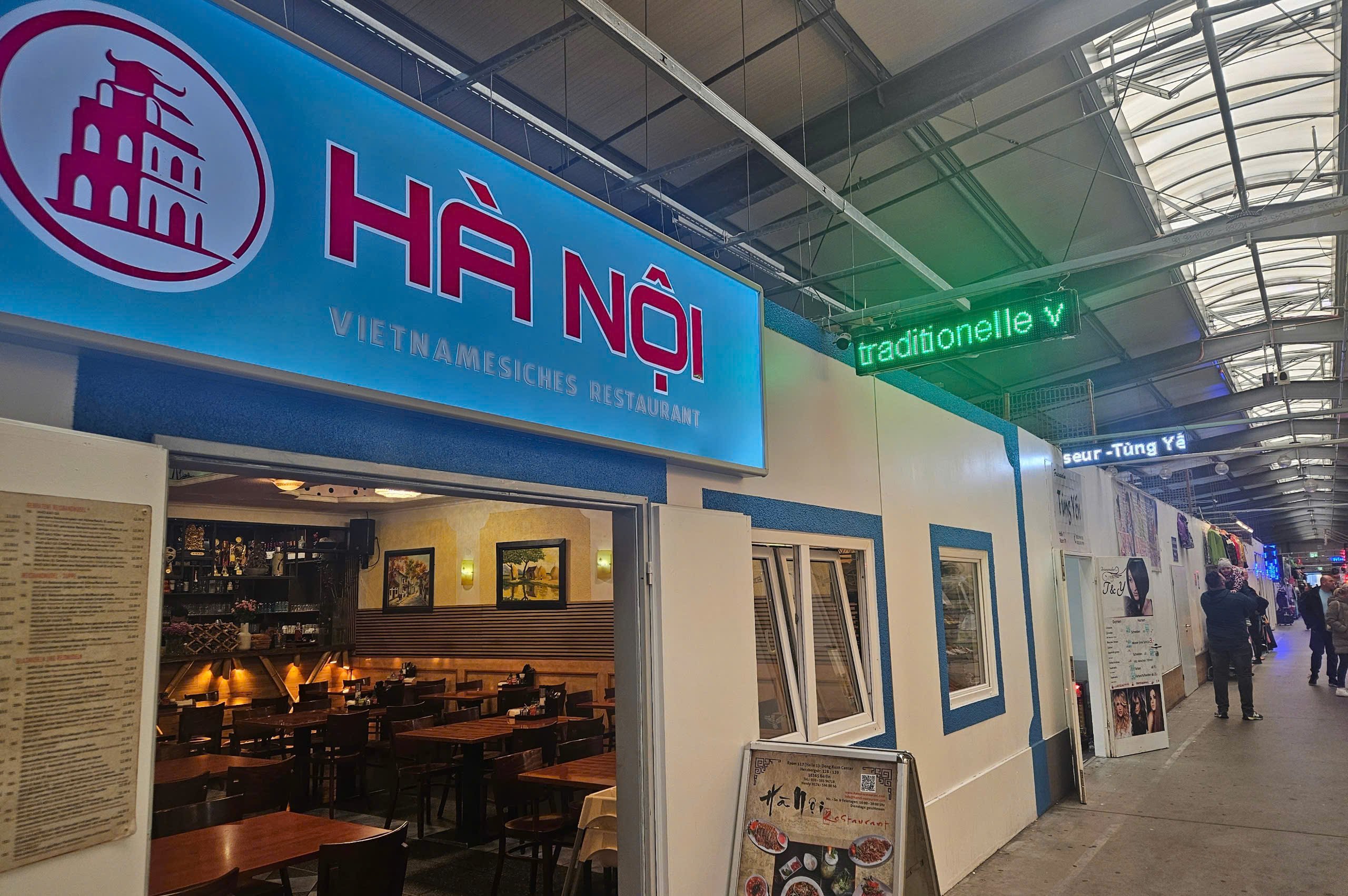
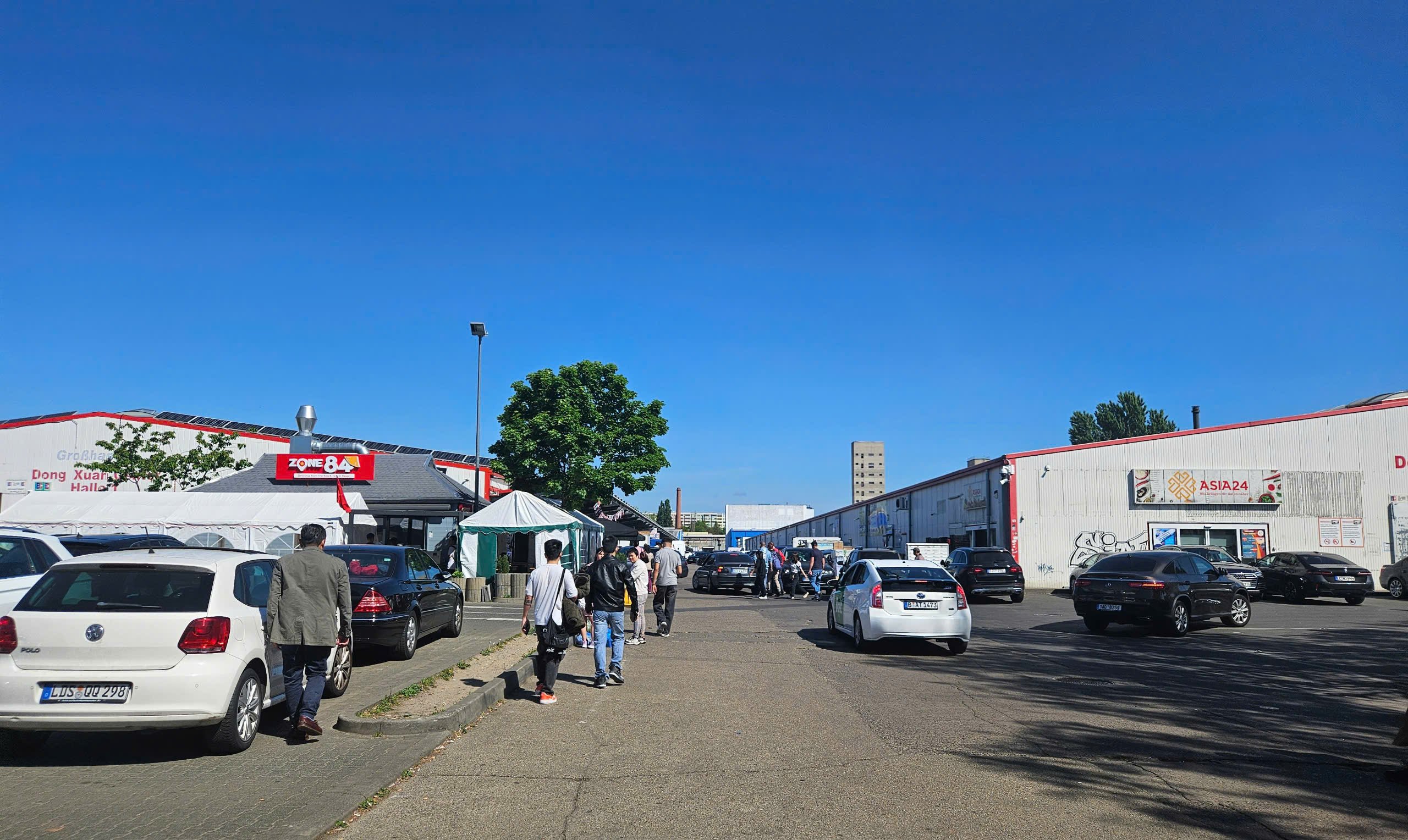
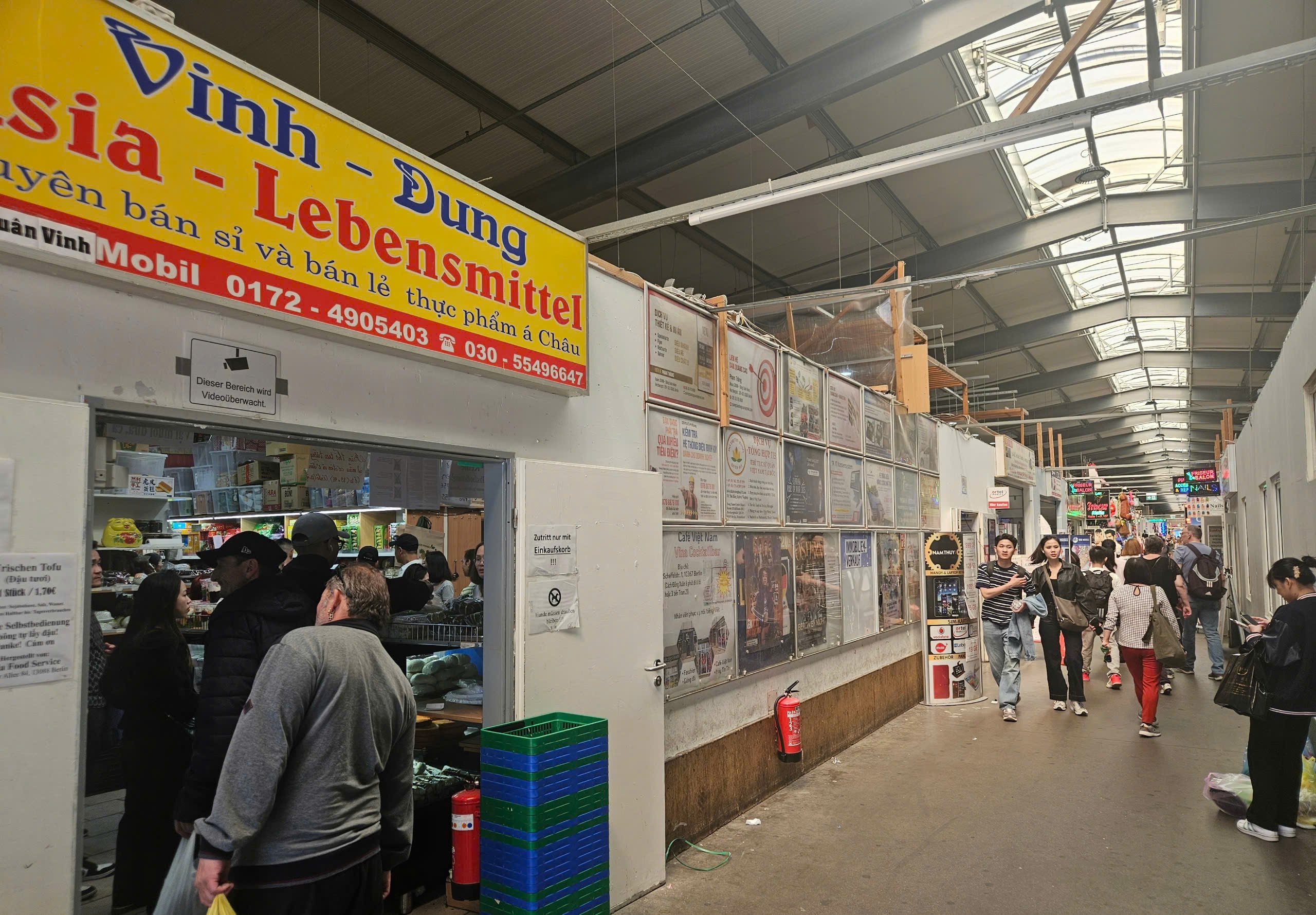
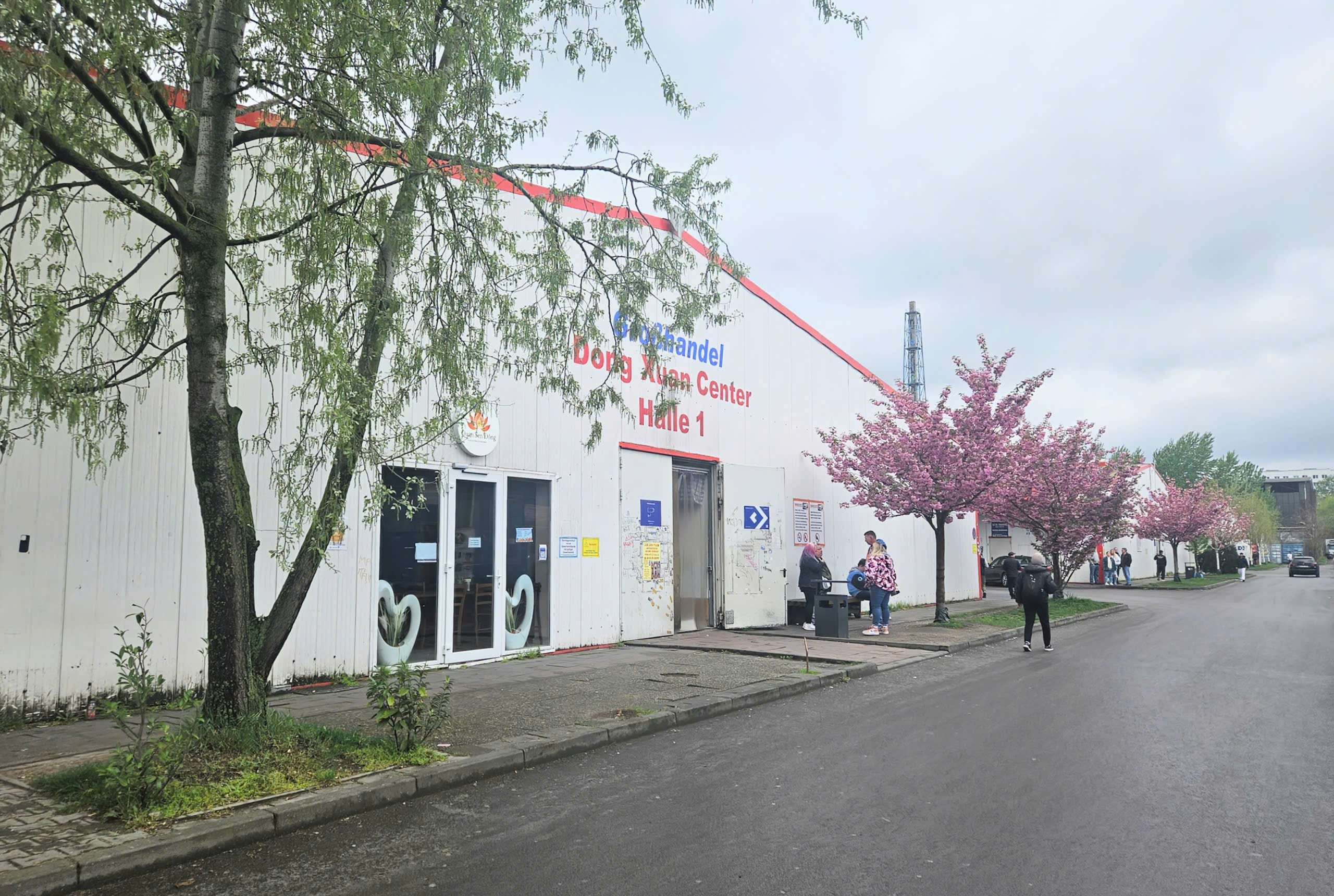
Dong Xuan Market is made up of many buildings (halls), with a total area of 150,000m2, established more than 20 years ago by Mr. Nguyen Van Hien.
PHOTO: NTT
Inside the market, they mainly sell wholesale goods and fashion, but there are many mini supermarkets selling Vietnamese goods. All kinds of Vietnamese dishes are available, but... they are very expensive. For example, a dragon fruit costs 17 euros (493,000 VND) or a small bean the size of a fist costs 20 euros (much higher than the price of a bowl of pho or bun bo, which is usually 15 - 17 euros). You can also come here to get a haircut, have your clothes repaired, get your hair washed... at much cheaper prices than outside.
With more than 2,000 Vietnamese people doing business inside, many people say that if you have to stay in the market for a month, you might not need to speak a word of German, just use Vietnamese and eat Vietnamese food...
Source: https://thanhnien.vn/mot-vong-mon-viet-o-duc-185250509104628474.htm


![[Photo] Da Nang: Water gradually recedes, local authorities take advantage of the cleanup](https://vphoto.vietnam.vn/thumb/1200x675/vietnam/resource/IMAGE/2025/10/31/1761897188943_ndo_tr_2-jpg.webp)


![[Photo] Prime Minister Pham Minh Chinh attends the 5th National Press Awards Ceremony on preventing and combating corruption, waste and negativity](https://vphoto.vietnam.vn/thumb/1200x675/vietnam/resource/IMAGE/2025/10/31/1761881588160_dsc-8359-jpg.webp)





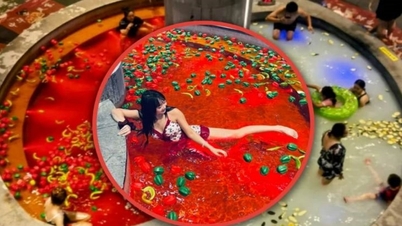

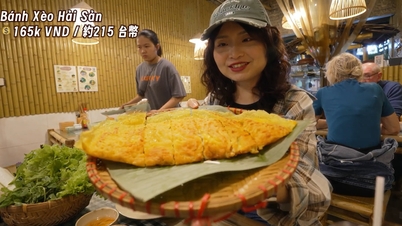
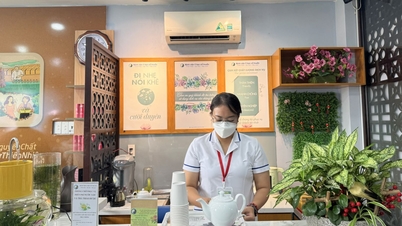







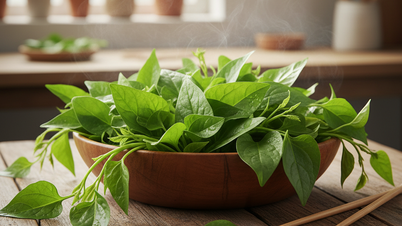






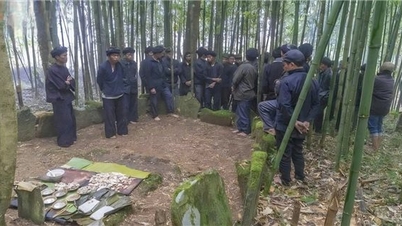



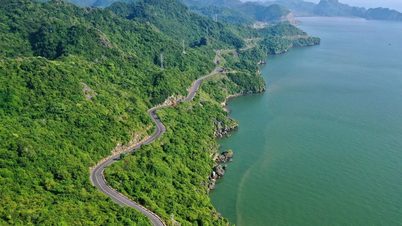





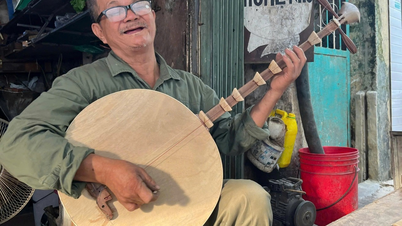





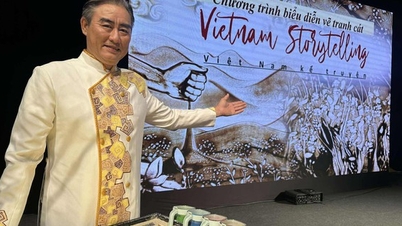




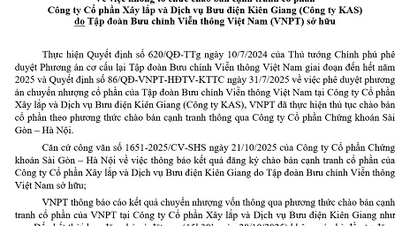


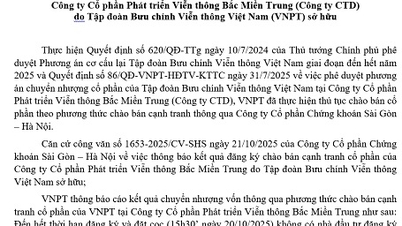
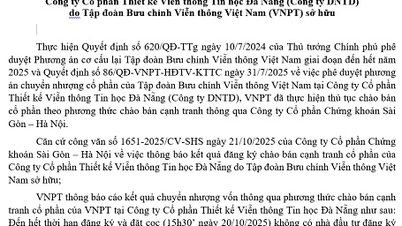






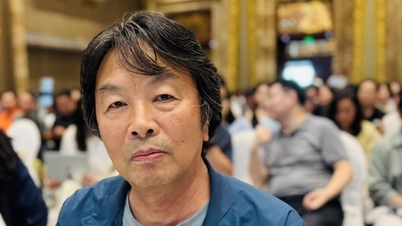





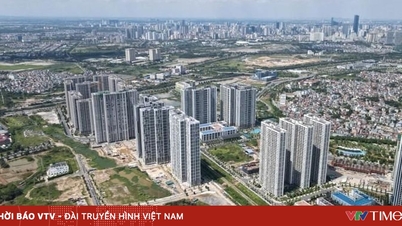






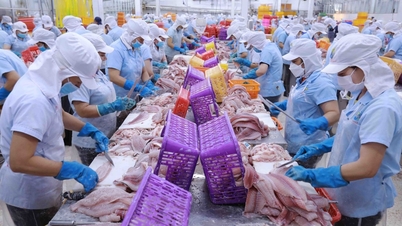



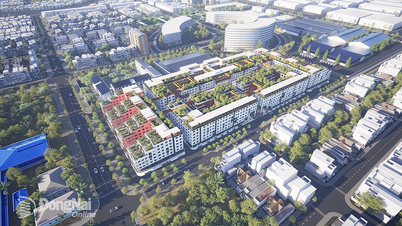






















Comment (0)